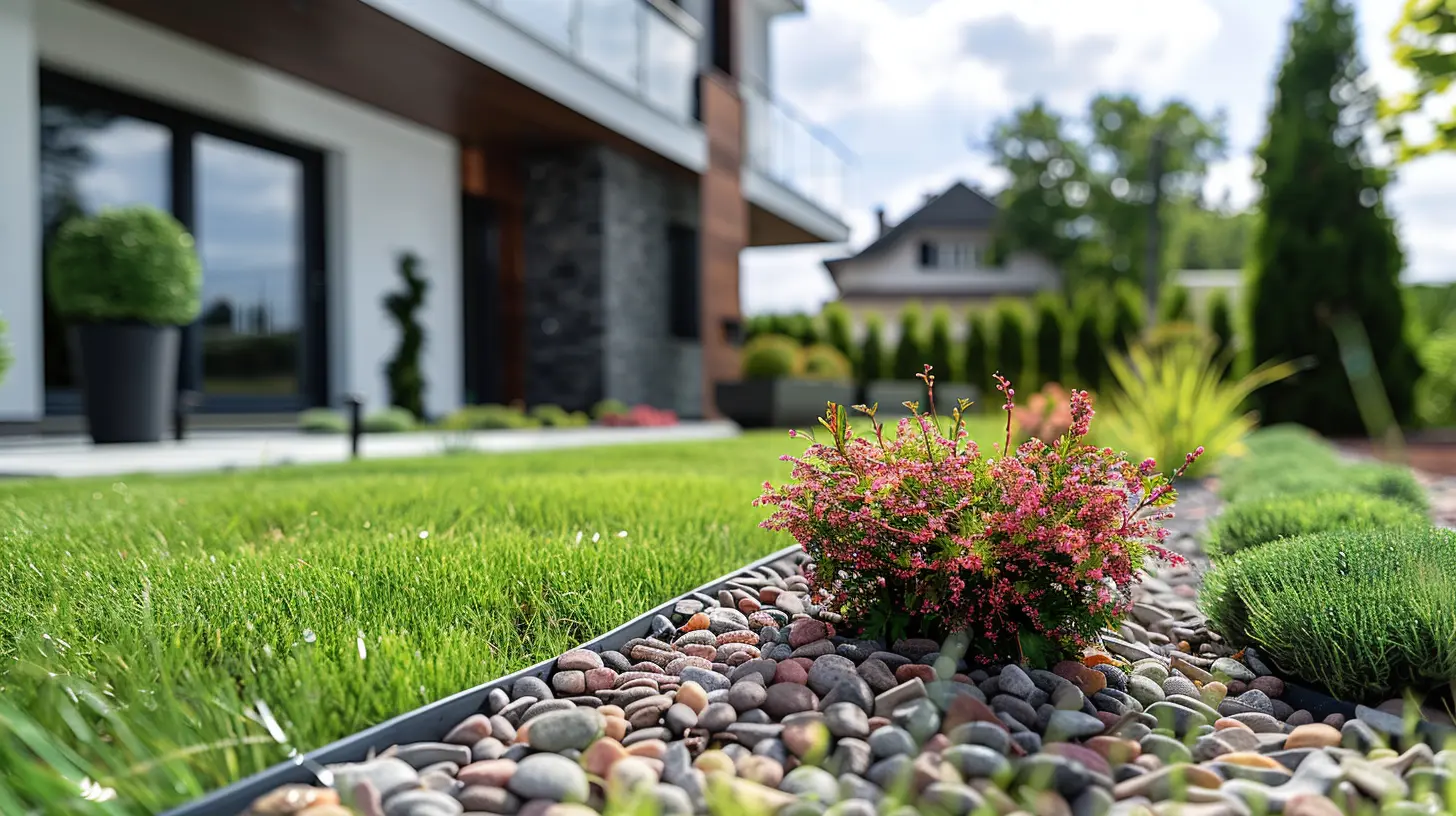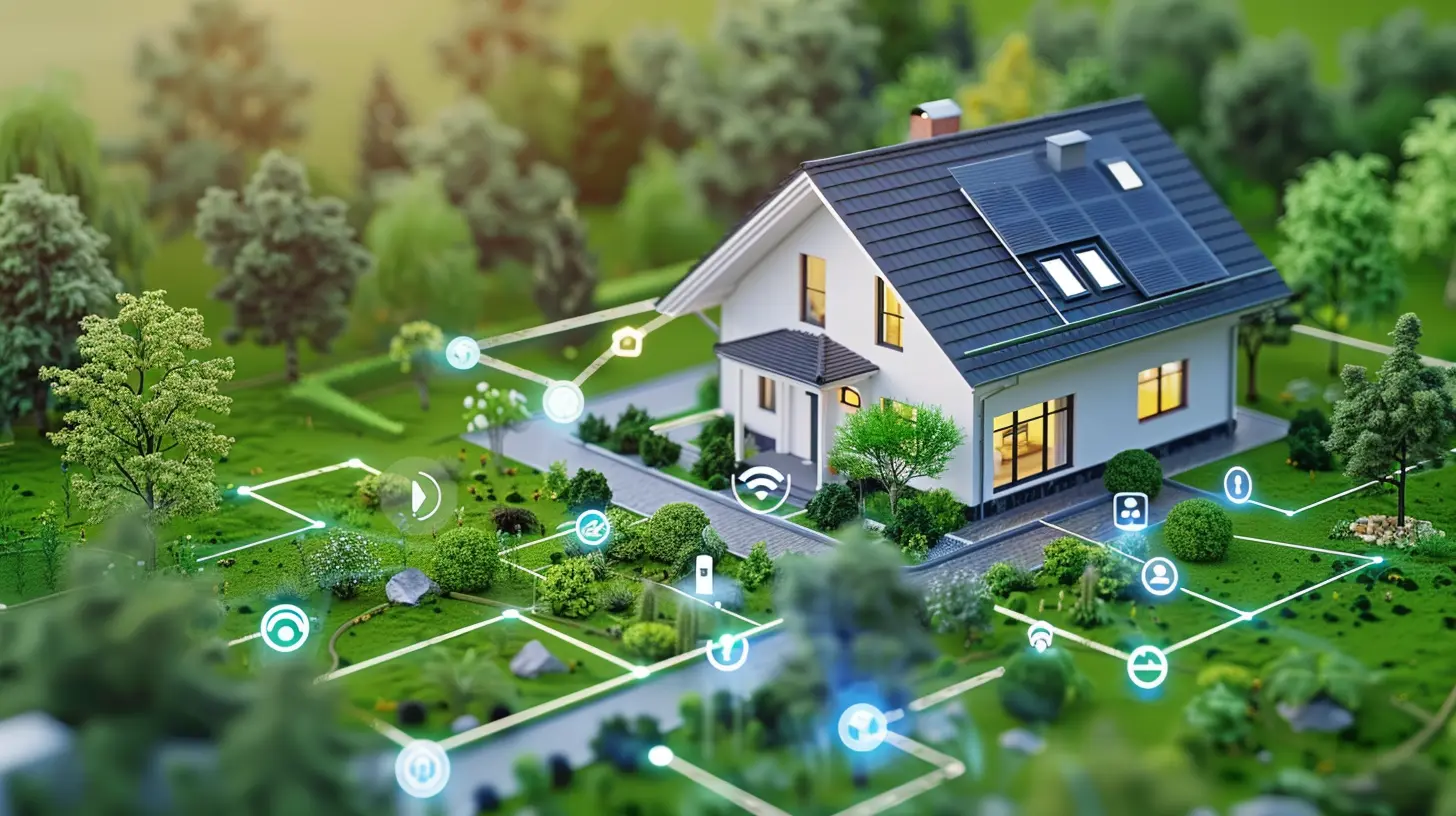Automating Your Garden: Smart Irrigation and Sensors
17 November 2025
Gardening is a rewarding experience, but let’s be honest—keeping plants healthy takes effort. Watering schedules, unpredictable weather, and forgetfulness can turn your garden into a struggle rather than a joy. But what if you could automate the entire process?
That’s where smart irrigation systems and sensors step in. Imagine a garden that waters itself based on real-time soil conditions, saving water and giving your plants exactly what they need. Sounds like a dream, right? Well, it’s not science fiction anymore. Smart garden technology is here, and it’s making life easier for homeowners, urban gardeners, and even farmers.
In this article, we’ll break down how smart irrigation systems and sensors work, their benefits, types, and how you can implement them in your garden. 
Why Automate Your Garden?
A traditional irrigation system is usually based on timers. You set it, and the sprinklers turn on at a fixed time every day—rain or shine. But what if your soil is already moist from last night’s rain? What if it’s a particularly hot day and your plants need extra hydration?Automating your garden with smart irrigation and sensors solves these problems. Here’s why it’s worth considering:
- Saves Water: No more unnecessary watering. Your system will only use water when needed.
- Healthier Plants: Too much or too little water can stress plants. Sensors ensure they get the right amount.
- Convenience: You don’t have to worry about watering when you’re on vacation or too busy.
- Cost-Effective in the Long Run: While there’s an initial investment, saved water and healthier plants mean fewer expenses over time. 
How Smart Irrigation Systems Work
Smart irrigation systems go beyond simple timers. They rely on sensors, weather data, and automation technologies to optimize watering schedules.Key Components of a Smart Irrigation System
1. Soil Moisture Sensors – These detect the exact moisture level in the soil and communicate with the irrigation system to prevent overwatering or drought stress.2. Weather Sensors – Some smart systems pull weather data from online sources or use local sensors to adjust watering schedules based on forecasted rain or extreme temperatures.
3. Smart Controllers – The brain of the system. These controllers receive data from sensors and adjust the watering schedule accordingly.
4. Drip Irrigation or Smart Sprinklers – The delivery system. Drip irrigation reduces water waste by targeting roots directly, while smart sprinklers ensure even coverage.
How Data Helps in Smart Watering
Smart irrigation isn’t just about hardware—it’s about data. When your system collects real-time data from soil and weather sensors, it can make intelligent decisions about watering. Instead of following a rigid schedule, it adapts based on soil dryness, recent rain, temperature, and even humidity levels.Think of it like a thermostat for your garden—it adjusts conditions for optimal plant health without you lifting a finger. 
Types of Smart Irrigation and Sensor Systems
Not all smart irrigation systems are the same. Depending on your garden size, location, and budget, different types suit different needs.1. Soil Moisture-Based Systems
- Use in-ground sensors to measure soil moisture before activating irrigation.- Perfect for drought-prone areas where water conservation is crucial.
2. Weather-Based Systems (ET Controllers)
- Use local weather data to determine when to water.- Great for locations with unpredictable weather patterns.
3. Wi-Fi-Connected Smart Irrigation Systems
- Let you control your watering schedule via a smartphone app.- Ideal for tech-savvy gardeners who want full remote control.
4. AI-Powered Smart Garden Systems
- Advanced models use machine learning to analyze past watering patterns, soil health, and plant needs.- Best for high-tech gardens or commercial farms.

Setting Up Your Smart Irrigation System
Now, let’s talk about how you can set up your own automated garden system.Step 1: Assess Your Garden’s Needs
Before getting started, determine:- The type of plants you have (some require more water than others).
- The size of your garden (small spaces may only need a simple system, while large areas benefit from multiple sensors).
- Your budget (basic setups start at $50, while advanced systems cost $200+).
Step 2: Choose the Right Sensors and Controllers
For beginners, a simple soil moisture sensor and a Wi-Fi smart controller can make a big difference. More advanced users may want to integrate weather sensors for better precision.Step 3: Install and Calibrate
Most sensors and irrigation controllers are plug-and-play. However, you’ll need to:- Place soil moisture sensors near plant roots for accurate readings.
- Connect the irrigation system to power and Wi-Fi (if using a smart controller).
- Test watering schedules to ensure efficiency.
Step 4: Monitor and Adjust
Many smart irrigation systems come with a mobile app. This allows you to:- Check real-time soil moisture data.
- Adjust watering schedules remotely.
- Receive alerts for unusual garden conditions (e.g., sensor failures or extreme dryness).
Benefits of Smart Irrigation Compared to Traditional Watering
| Feature | Traditional Watering | Smart Irrigation ||---------|-------------------|-----------------|
| Water Usage | Fixed amount, may waste water | Adjusts to real-time data, conserves water |
| Cost | Potentially high water bills | Lower water costs over time |
| Convenience | Manual effort required | Automated, works without supervision |
| Plant Health | Risk of over/under-watering | Optimized moisture levels |
Common Challenges and How to Overcome Them
While smart irrigation is a game-changer, it does come with some hurdles.1. Initial Cost
Smart sensors and controllers aren’t cheap, but they pay off in water savings and plant health. Start small and scale up.2. Connectivity Issues
Wi-Fi-based systems need a stable internet connection. If your garden is far from your router, consider a Wi-Fi extender.3. Sensor Accuracy
Cheap sensors might not always be reliable. Invest in high-quality, well-reviewed ones for better results.4. Learning Curve
Figuring out how to use smart irrigation apps and settings can take time. Read the manual, watch tutorials, and experiment until you’re comfortable.Future of Smart Gardening
As technology evolves, smart gardening systems will only get better. Imagine AI-powered gardens that recognize plant diseases, predict growth rates, and even suggest ideal fertilization schedules. The integration of IoT (Internet of Things) with gardening is opening doors to fully autonomous green spaces.Smart irrigation is just the beginning. With advancing sensors, adaptive AI, and real-time analytics, the future of gardening looks more high-tech—and eco-friendly—than ever.
Final Thoughts
Automating your garden with smart irrigation and sensors is a game-changer. Whether you’re a casual gardener or a dedicated green thumb, these technologies make watering more efficient, saving time, water, and effort.If you’re tired of guessing when to water, wasting resources, or dealing with underperforming plants, it’s time to let automation do the heavy lifting. With the right setup, your garden can thrive—and you won’t even have to lift a hose.
all images in this post were generated using AI tools
Category:
Home AutomationAuthor:

Jerry Graham
Discussion
rate this article
1 comments
Greta Hunter
Embrace the future of gardening! Smart irrigation and sensors not only save water but also nurture your plants effortlessly. Let technology do the hard work, giving you more time to enjoy the beauty of your blooming garden!
November 18, 2025 at 3:28 AM


